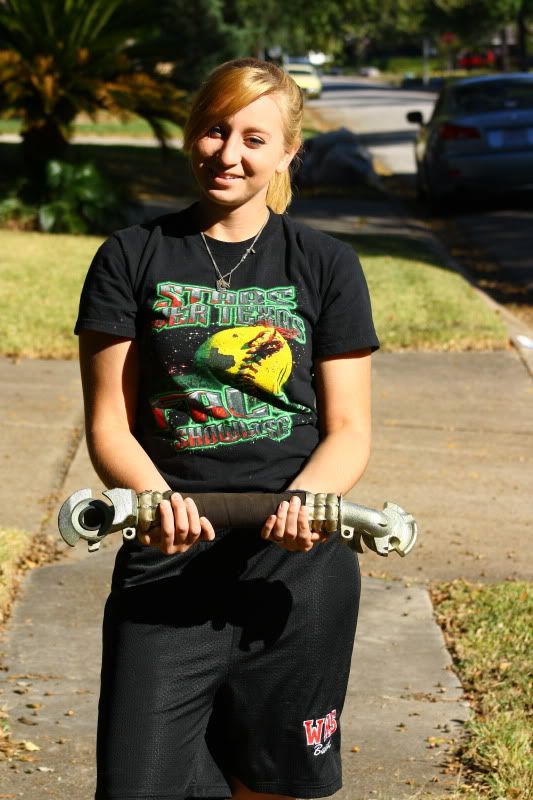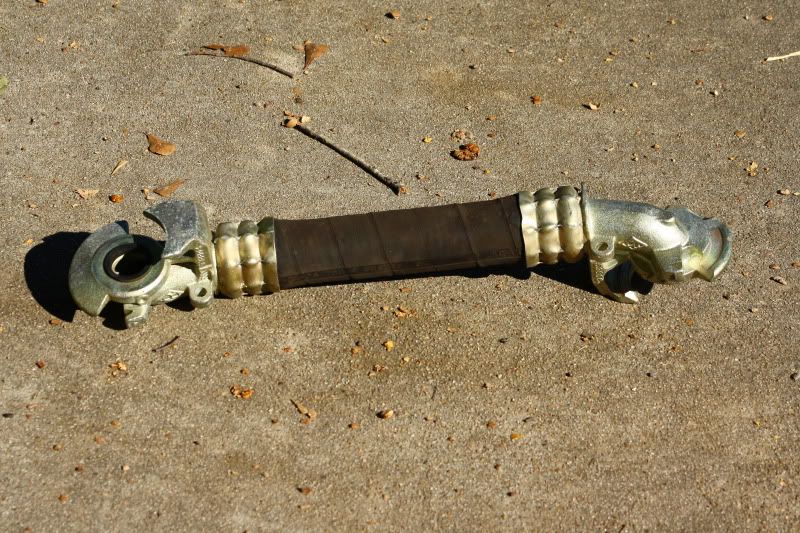Every railroad I ever worked for we had to do a daily locomotive inspection that included making sure the engines were equipped with an “E” and an “F” knuckle and knuckle pins. A small assortment of airhose gaskets is standard. In addition to spare air hoses, a wrench, fusees,spill kit,first aid kit, air hose securement cables etc. We usually equip our engines with a couple “standard” air hoses along with a short jumper hose also the ACT and MR hoses for the engines. We used to equip engines with a caboose chain for pulling around cars without drawbars.
Parts and tools are almost never in the locomotive cab as loose objects in the cab are a federal defect. tools and parts are kept in a safer, usually well hidden spot. Sometimes the knuckes are on the pilot, sometimes on the trucks, sometimes in the air compressor room, sometimes on the walkway. Almost never in the nose compartment or the cab

